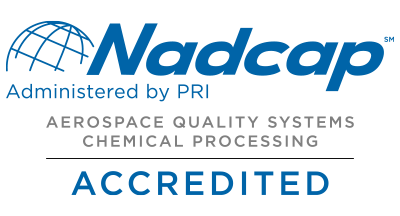When it comes to metal casting, porosity is an unavoidable problem. It may lead to leakage which can make the casting unusable and fissures that allow the entry of moisture and other corrosive agents resulting in part failure. Moreover, it is a prevalent threat in castings that are made of zinc, aluminum, bronze, and other metal alloys.
By itself porosity doesn’t mean that the casting is defective. An effective way to fix porosity or to seal the leaks is by implementing the process called vacuum impregnation.
What is Vacuum Impregnation?
Vacuum impregnation is a process that seals porosity and leak paths that form during casting. This method should take place to stop casting porosity and prevent the migration of fluids or gas under pressure from enclosed areas. The main purpose of impregnation is to close leak paths without affecting the other functional characteristics or its appearance.
While there are various types of sealants used, most use thermosetting epoxy resins which are formulated to swell slightly upon curing thus locking itself into the porosity. These sealed epoxy resins offer excellent chemical and moisture resistance and are thermally stable from -40 to 400F.
There are three types of vacuum impregnation:
- Dry Vacuum and Pressure (DVP)
- Dry Vacuum (DV)
- Wet Vacuum (WV)
What Causes Porosity?
It can be caused by gas formation or solidification shrinkage. Gas-related porosity stems from gas bubbles that get trapped inside the molded form as the metal solidifies. While the shrinkage-related one is caused by the sections of a casting that harden later than the other parts.
Vacuum Impregnation Processes at Anoplate
Anoplate utilizes Godfrey & Wing’s innovative High Value Low Volume (HVLV) continuous flow impregnation technology to replace a more traditional batch flow approach. This HVLV technology contains a Dry Vacuum and Pressure (DVP) impregnation chamber.
The dry vacuum guarantees that air is removed from the leak path or porosity allowing the sealant to go deep into the casting. It is also the most thorough form of impregnation that provides the highest possible yield of leak-free compounds.
Anoplate’s custom fixtures to maximize the number of castings per cycle and to protect critical machined features. It is time- and energy-efficient, and it assures our customers that their pressure retention requirements will be achieved throughout the life of the component.
--
Vacuum impregnation process, Metal casting porosity solutions, Thermosetting epoxy resins, Leak path sealing, Gas-related porosity, Solidification shrinkage, Dry Vacuum and Pressure (DVP), High Value Low Volume (HVLV), Anoplate metal finishing, Godfrey & Wing technology, Anoplate














